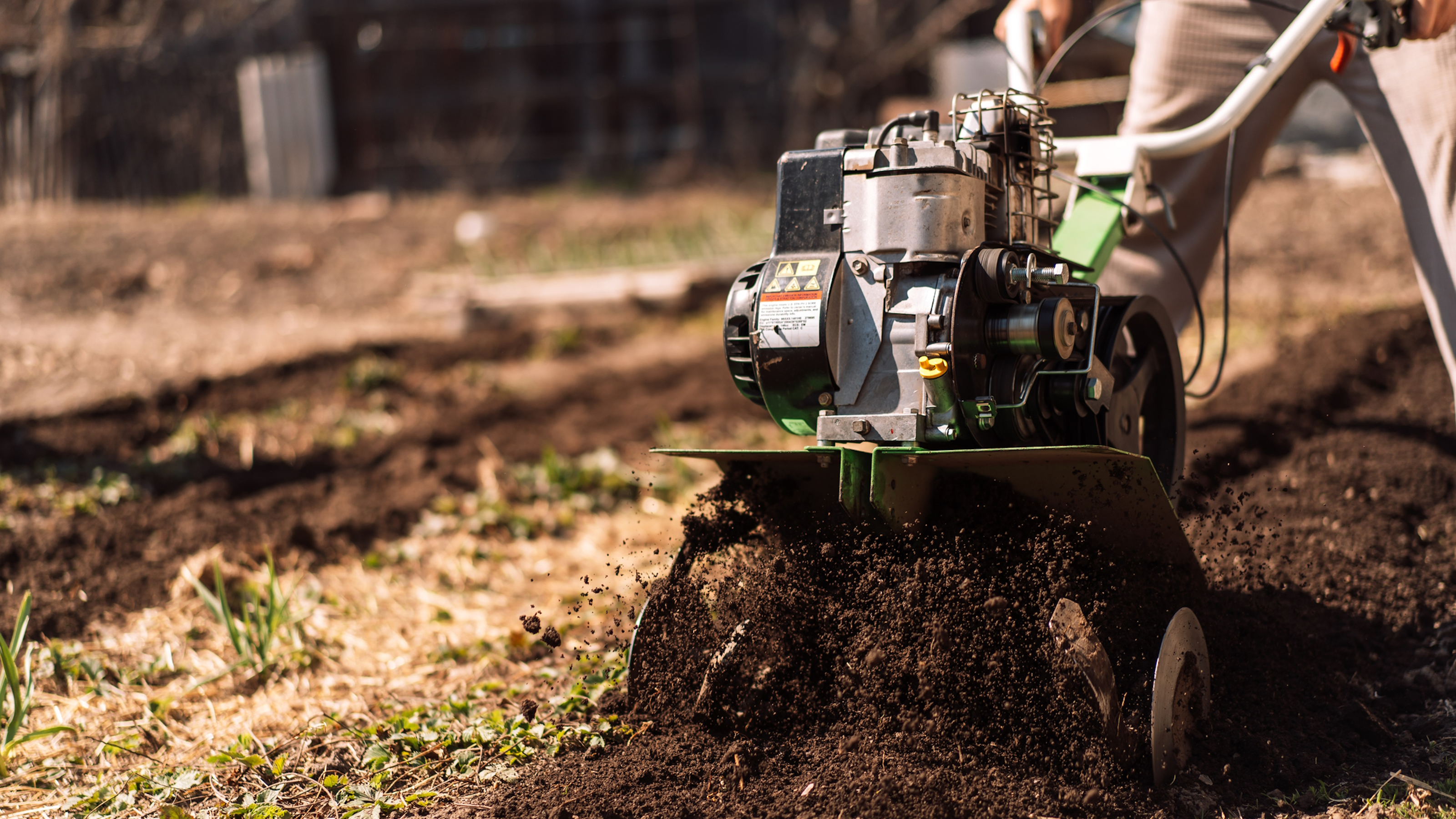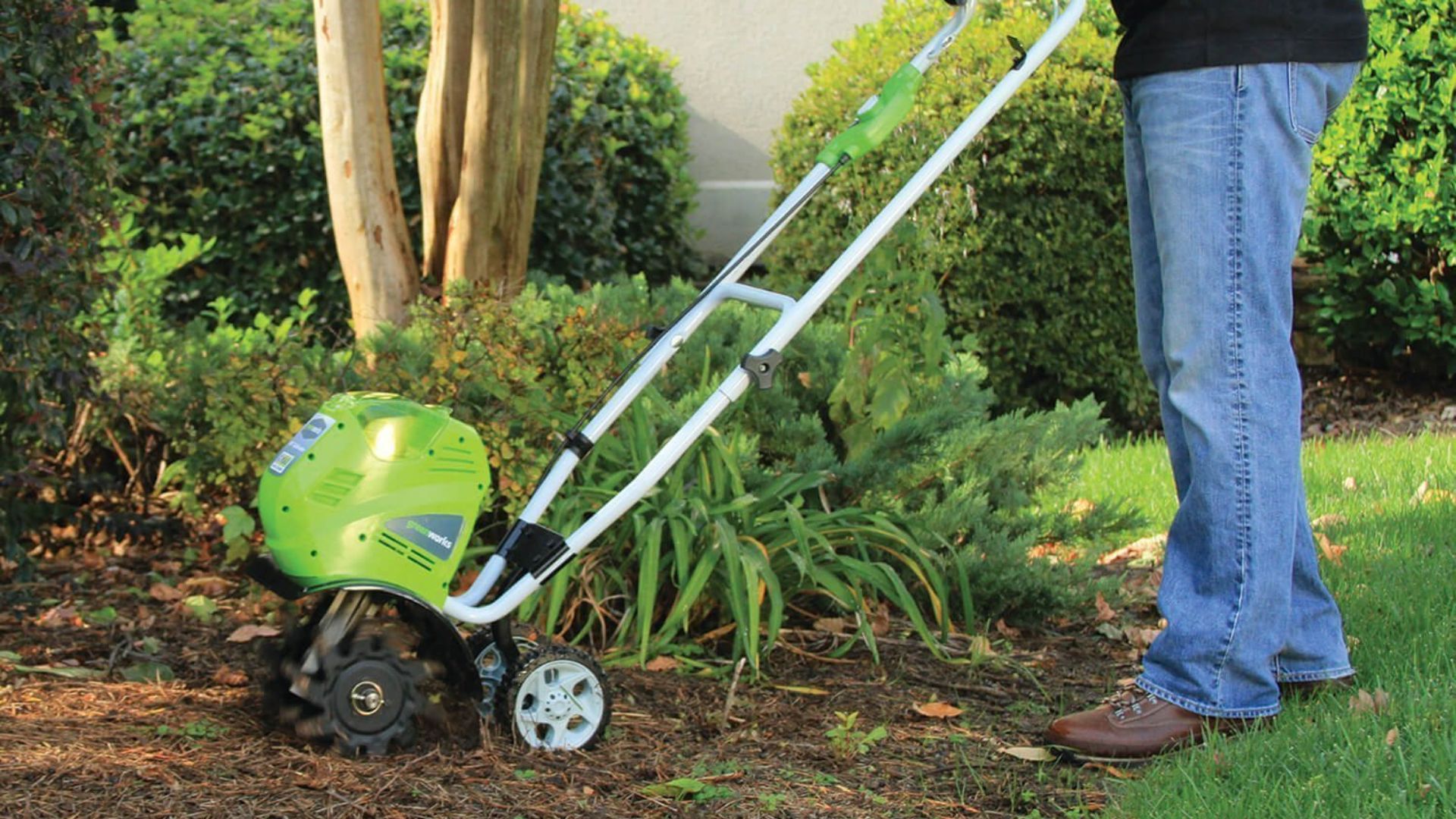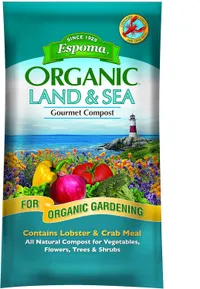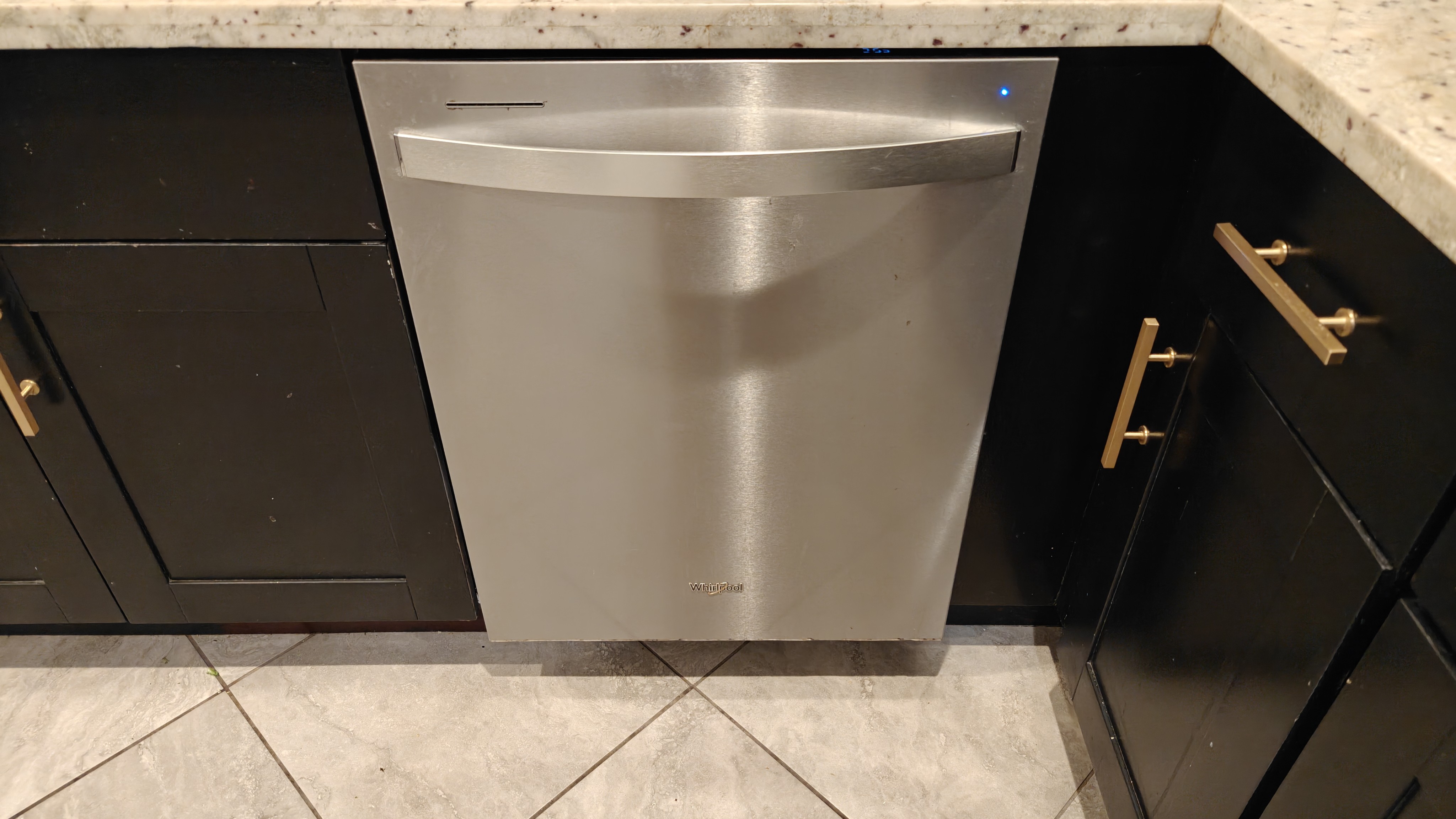What does a tiller do? We go in-depth with experts on the powerful tool and explore when to use an alternative
A powerful option to prep soil for grasses and other plants

Before you invest in one of the best tillers, it’s worth considering how these tools work, what they can do, and which alternative tools could play a similar role in your garden.
Tilling is often an essential step in preparing the ground for grasses and other plants, as it can aerate and moisten the soil while limiting weed growth. However, tillers have some downsides. Gardeners won’t need this hefty tool very often, and in cases of overuse, tilling can cause soil erosion. An extreme example was the 1930s ‘Dust Bowl’ in North America.
With all that said, some yards will benefit greatly from a tiller. In this explainer, I'll take you through the essential details you need to know about tillers. I'll explain how they work, what they can do, and whether an alternative tool might be more suitable for you.
In addition to my own research, I interviewed two professionals to delve deeper into tiller facts. Their commentary is throughout this article.
What does a tiller do?
Tilling means turning over the upper layers of soil to make it a better site for growth. The practice dates back millennia and appears in the Bible. God commands Adam and Eve to “tend and till the Earth.”
Historically, tilling was done using hand tools or animal-drawn plows. Today’s gardeners can rely on a much easier tool for the same job: a tiller.
A tiller, like the ECHO 9 in. 21.2 cc Gas Tiller/ Cultivator, which costs $299.99 at Home Depot, is a power tool that uses electricity or a gas-fuelled combustion engine to turn an array of blades. The blades dig into the soil and do the tedious work of tilling for you. The blades' design is critical: they are relatively wide and have a hooked shape, which makes them well-suited to moving soil.
Sign up to receive the latest news, reviews, buying guides and deals direct to your inbox
Usually, you’ll need to lift a tiller repeatedly and place it over areas of ground to till. If you have a large area of ground to cover, there’ll be a lot of lifting to do.

Calum Maddock is a gardening expert at the home and garden advice provider, HomeHow.co.uk.
“Gardeners preparing new garden beds will find a tiller particularly useful—the tool can break up compacted soil, creating a suitable environment for planting seeds or seedlings,” says HomeHow.co.uk’s Calum Maddock.
“For those with large plots, a tiller can aerate and turn over the soil, which simplifies cultivation and maintenance. Individuals who struggle with manual labor can also benefit from a tiller as it reduces the physical strain of digging and turning soil.”
Beyond their essential components, tillers vary widely. According to Calum, it’s imperative to look out for the following features and specs:
Why you should use a tiller
Tillers can be used to achieve various positive effects on soil—often at the same time.
Perhaps the most common aim of a tiller is to break up compacted soil. When soil is compacted, this restricts water absorption and limits drainage, meaning the soil is often too dry or too waterlogged to promote healthy plant growth. Tilling opens up the structure of the soil layer, allowing a better flow of water.
A tiller can also be used to mix compost into soil, creating nutrient-rich garden beds in which plants can thrive. Of course, you’ll need to pour compost over the ground before tilling.

Gardener Neil Donovan is owner of The Bath Gardener, a company providing gardening services such as lawn care, planting and landscaping in the south-west of England.
“A tiller will be particularly useful for anyone that wants a new lawn,” says Neil Donovan, who provides gardening services as The Bath Gardener.
“Breaking up compacted soil has huge benefits to the structure of the soil—particularly if there was an old lawn there previously—and it also aerates the ground.”
Further uses of tillers include eradicating pests and weeds. But with all that said, not everyone will benefit from a tiller.
“Small gardens [yards] might be better suited for hand-held cultivators or garden forks,” says Calum. "In established gardens, tilling could potentially disturb the root systems of existing plants. And if you have rocky soil, this can make tilling difficult or even impossible.”
Can another tool do the same job as a tiller?
Most domestic users won’t need tillers very often. This begs the question: can you use a different type of tool that’s cheaper or more versatile to do the same job as a tiller?
A related type of tool called a rotavator does similar work to a tiller, but has wheels to help you move it around (unlike a true tiller, which moves itself using its digging blades). Rotavators are typically more powerful and have deeper tines than regular tillers. However, they have some added requirements.
“A rotavator is particularly useful for large areas of heavy or compacted soil,” says Calum.
“However, this type of tool can be more expensive and requires more maintenance than a tiller.”
Some believe a cultivator can be used interchangeably with a tiller or rotavator. This is not correct because when comparing cultivators vs tillers, they are not the same tool. A cultivator, like the Earthquake 12802 MC440 Mini Cultivator with 40cc 4-Cycle Viper Engine for $299.9 on Amazon, is intended only to turn loose topsoil; not to till deeply.

Certain manual tools are viable alternatives to tillers and rotavators for users who want to exert physical effort. Perhaps the most suitable tool for tilling is a garden hoe, which comprises a metal digging blade and a shaft or handle.
Reviews
Whirlpool 24" Stainless Steel AI Dishwasher Review
Napoleon TravelQ PRO285 Portable Gas Grill review
Dreame L40 Ultra Robot Vacuum Cleaner and Mop review: almost hands-free cleaning
GE Profile Smart Mixer with Auto Sense review: a powerful, thorough mixer
Echo eForce DPB-2500 review: a leaf blower as a snow removal tool?
DPAS-2100 + Pro Paddle Attachment review: a new way to remove snow this winter?
Midea MAD53109APK 5.5QT Air Fryer review: a small, simple, and highly effective option
Eureka J15 Pro Ultra Robot Vacuum review: hands-free cleaning for busy families
There are various garden hoe styles. I recommend using a Dutch hoe, like this Gardener's Supply Company Lifetime Dutch Hoe, which is $79.99 on Amazon. This design is well-suited to digging and turning compacted soil, and it has a sharp edge and a gap through the center of its blade.
“Good, old-fashioned digging by hand is the best alternative to a tiller,” says Neil.
“However, there is a relatively new method of gardening called the ‘no dig’ approach that would rule out tilling altogether,” he adds.
The no-dig movement has emerged from concerns about gardening methods that disturb the soil, including tilling. While tilling certainly has its benefits, the process disrupts organisms that live within the soil, such as worms and fungi. Whether or not you choose the no-dig route, you should consider the benefits of tilling against the likely ecological harms.
Espoma Organic Land and Sea Gourmet Compost with Lobster & Crab Meal, 27.5 lbs | $19.24 at Amazon
This organic compost will supply a healthy variety of nutrients to your garden soil. Use a tiller to mix the compost into the earth.

Pete has reviewed hundreds of gardening products for titles including TopTenReviews, Ideal Home and the London Evening Standard, as well as writing articles on diverse topics for other publications such as The Guardian and BBC Good Food. Pete loves spending time in his yard – although, having just read The Day of the Triffids by John Wyndham, he is regarding his plants with a newfound suspicion.

